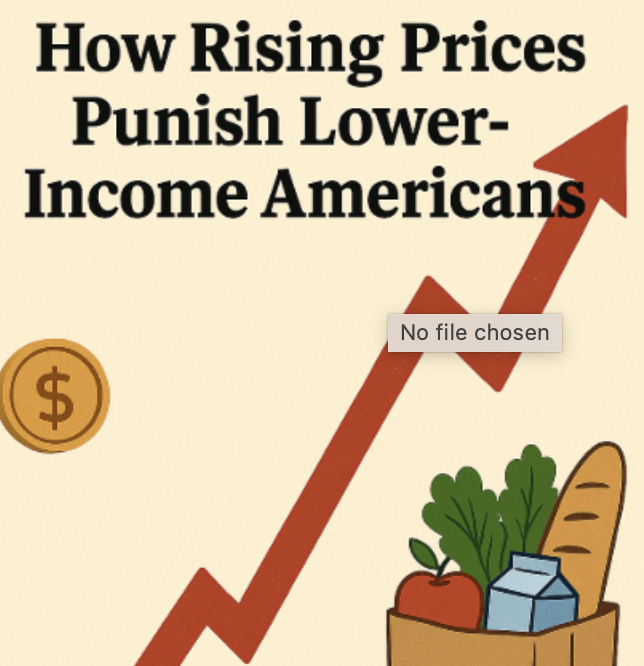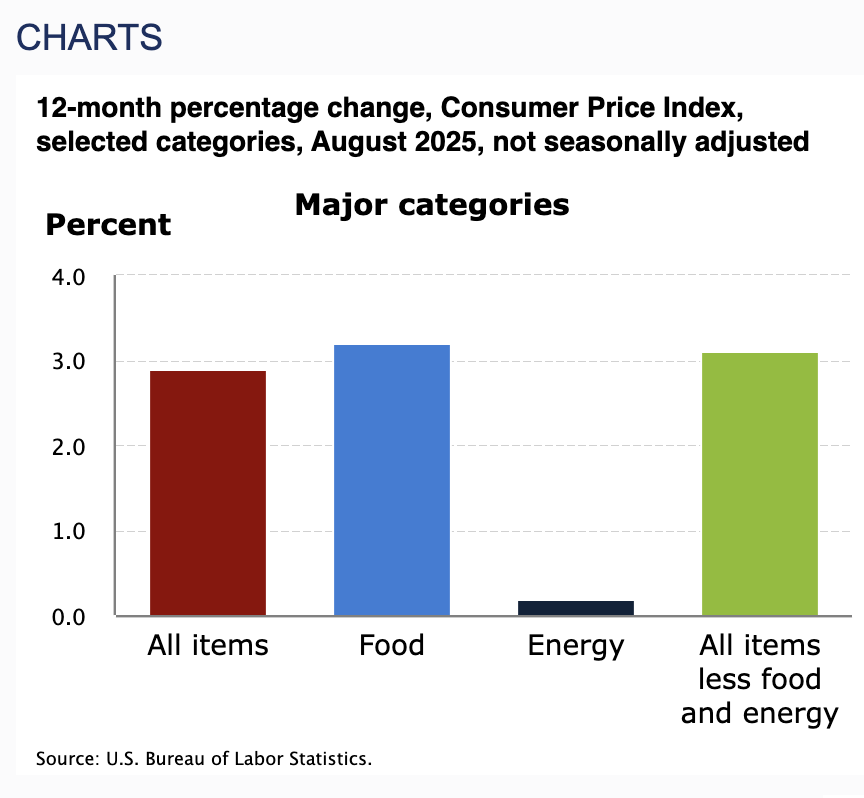
Tariffs and the two-tier economy is something I've been thinking about a lot lately. The U.S. economy is revealing its stark divide more clearly than ever. There is those with wealth who are managing just fine, while lower and middle income households are being crushed under the weight of rising prices. I've been fortunate, but even my household is starting to feel the sting.
At the heart of this squeeze is President Donald Trump’s sweeping tariff policy, which is now filtering down into the daily lives of ordinary Americans. The impact is immediate and personal. Grocery staples like meat, vegetables, and fruit have become even more unaffordable. What might sound like minor increases on paper think about the 0.5% growth in clothing prices or 0.6% increase in groceries in a single month. This rate of increase becomes a painful reality for families already budgeting every dollar.
Economists confirm what shoppers are feeling. According to the Yale Budget Lab, tariffs have raised core goods prices nearly 2% above pre 2025 trends, with everyday products like appliances, clothing, and electronics disproportionately affected. Lower-income households, who already spend a higher percentage of their income on imports, are therefore hit the hardest. Adding to the strain are Trump’s immigration policies, which have led to mass deportations, shrinking the labor pool in food and agriculture. This pushes labor costs and therefore grocery prices even higher. For lower-income Americans, it’s a double blow they’re squeezed by both trade and labor market disruptions.
The result is a two-tier economy. The Census Bureau shows that only the wealthiest families saw real income gains last year. Lower and middle income Americans are stuck with flat wages, rising credit card debt, and shrinking purchasing power. This is not just about consumer hardship it’s a warning sign for the economy. If spending becomes increasingly concentrated among the wealthy, the stability of the consumer-driven U.S. economy could falter.
All I know is it feels like the real world effect of these policies sure look more like a regressive tax. The costs don’t fall evenly they fall hardest on those least able to absorb them...Hopefully everyone is doing alright and as a community let's remember that we are here to help each other.
